Home>Interior Design>What Is Vegan Leather and What Is It Made Of
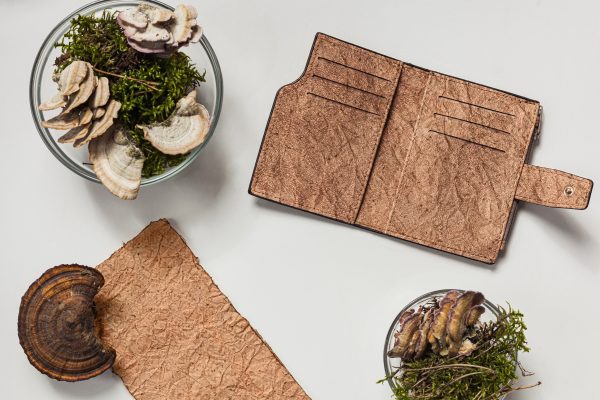
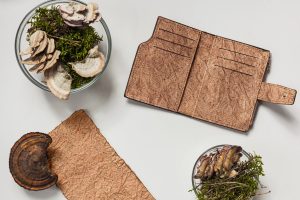
Interior Design
What Is Vegan Leather and What Is It Made Of
Modified: December 6, 2023
If you want to know what is vegan leather, then read about it here and discover the many layers to this one-of-a-kind material!
(Many of the links in this article redirect to a specific reviewed product. Your purchase of these products through affiliate links helps to generate commission for Storables.com, at no extra cost. Learn more)
Vegan leather is all the rage for sustainable furniture, clothing, and overall lifestyles. But while more people are now inclined to buy anything eco-friendly, a few may still be wondering what is vegan leather and what is it made of. If you’re one of those people, you’re in luck because we’ve rounded up everything you need to know about this artificial leather.
What is Vegan Leather?
You might already know that leather comes from animal skin, but what is vegan leather? From the word itself, the primary material source of this type of leather is not animals. Meaning, no animals are harmed and exploited to make this piece of material. Hence, they make great alternatives for those who want to keep a low carbon footprint and promote better welfare for animals.
Read more: The Best Vegan and Faux Leather Sofa of 2022
What is Vegan Leather Made Of?
If you genuinely want to know what is vegan leather made of, then we give you this: they are either made of artificial or plant-based materials. But if vegan leather comes from synthetic or natural materials, what is PU leather, and is it also vegan?
Yes, it is. But in terms of environmental sustainability, PU leather is not that sustainable. Since it’s made from polyurethane and sometimes PVC, they’re technically made from plastic and are petroleum-based.
During the years, synthetic leather is often called faux or plastic leather–pleather for short. Its production increased years ago to make a cheaper alternative to genuine animal leather. This type of vegan leather is usually used in the fast fashion industry and furniture production since companies can make it in various colors and styles.
On the contrary, plant-based leathers are not just vegan but also make great eco-friendly alternatives to actual leather. Vegan leather that is made from natural and organic ingredients has recently become popular in production due to the environmental concerns of both animal and faux leathers. To create vegan leather you can use mushrooms, plastic waste, cork, paper, piñatex, and even food by-products.
Overall, if you compare synthetic leather to vegan leather, the latter offers much more promising qualities. It’s sustainable, eco-friendly, cruelty-free, and has lesser toxic chemicals. If you’re new to buying eco-friendly furniture, then check out these sustainable furniture products for a more in-depth introduction into the matter.
Now that we’re at it, you might ask which is better: vegan leather vs. real leather. It’s difficult to say which leather is the best option since it would vary based on your intended use and preference. Since not all vegan leathers are created equal, it’s best to know the materials and chemicals used during production, and how they are sourced in the first place.
Types of Organic Vegan Leather
We now know the two kinds of vegan leather, namely vegan faux leather and natural leather. In this section, we will explain the types of organic vegan leather since one can make this type of leather using various plant-based materials. Natural leather has come in leaps and bounds to match the feel and durability of real leather. So, peeking at some of the materials can give you an idea of how they keep animals and nature free from abuse and pollution.
Pineapple Leather or Piñatex
Commercial farming generates a large number of underutilized by-products and waste. Not only does this lead to environmental concerns but also financial implications as well. Since pineapple farming contributes a massive sum of agricultural food waste, Spanish designer Carmen Himosa developed a natural leather made solely from pineapple leaves.
Now widely known as Pinatex, this organic leather has been used in fashion design since it’s sturdy and reliable. Yet, even though it’s made from cellulose fibers, this type of leather production consists of PLA (Polylactic Acid) and petroleum-based resin. So, they’re not wholly eco-friendly and are only biodegradable in controlled conditions.
Mushroom Leather
Who knew that one could use mushrooms to make eco-friendly leather? Made from mycelium, which is the vegetative part of a fungus, mushroom leather is known for its strength and durability, like traditional leathers. It’s also waterproof and naturally dyed. What’s more, this type of leather is fire and abrasion-resistant, making it an ideal or perhaps a more favorable choice when reducing environmental impact in leather production.
Moreover, fungi leather is blooming thanks to multinational companies like Adidas that incorporate mushroom-based materials in their products. According to Dan & Mez, a company that offers premium sustainable watches, mushroom leather is stable, flexible, and the most robust type among all other vegan leathers.
Read more: What Are Leather Granite Countertops
Cork Leather
Aside from being used to create coasters, mood boards, and other decorative pieces, cork also has the potential to be made into a leather-like material. They’re soft, light, and flexible enough to be worn. Therefore, it has the same durability as leather and is versatile enough to be used as fabric. Above all, they are recyclable and leave no traces of toxic residue.
However, cork is not as hard-wearing as premium leather. Cork leathers also use polyurethane to achieve its form today. They are available in limited colors that are close to its natural complexion. Today, though not all, some companies still make cork leather without toxic chemicals, so it’s best to do a little research before buying.
Cactus Leather
Water plays a vital role in leather production since it carries and dissolves chemicals. It takes about 160 liters of water and 80 kilograms of carbon dioxide to produce only a kilogram of leather. Since water is getting scarce by the minute, Mexican entrepreneurs Adrián López Velarde and Marte Cázarez created a form of organic leather from nopal cactus. Also known as prickly pear, the cactus needs less water than other plants. Plus, plantations can last around eight years since you don’t need to harm the plant when harvesting the mature leaves.
On a side note, cactus leather is only partially biodegradable since it still has plastic components like polyurethane. Also, they are pretty pricey since they’re still uncommon, and not the easiest to harvest.
Apple
Apples are one of Italy’s most famous crop. Because of this, there is an abundance of leftover apple waste. Alberto Volcan, an Italian inventor, helped solve this dilemma as in 2004, he discovered that apple waste could be turned into vegan leather. His mission of repurposing apple peels is rooted in the fact that apple waste in compost piles produce methane, a potent greenhouse gas.
By drying and crushing apple waste into a fine powder, and then mixing it with pigments and binders, one can create a solidified skin-like material. Hence, the birth of apple leather. Apple leather is known for its durability because it’s mixed with 50 percent PU, making it hard-wearing and long-lasting with proper care.
Benefits of Vegan Leather
Since the leather industry uses a massive amount of resources for energy, hopping on the vegan leather bandwagon would somehow minimize the drastic effects of leather production. Both vegan PU leather and organic leather have great qualities and initiative of being kind to animals and nature. Aside from knowing what is vegan leather and its types, here are some benefits that would encourage you to make the shift:
-
Requires less water
-
Cruelty-free and sustainable
-
Less carbon dioxide emissions
-
Available in various colors and forms
To boot, faux leather sofas are now equipping homes with class and year-round comfort at such an affordable price. Check the vegan furniture list below if you’re interested in incorporating some vegan leather pieces into your living room.
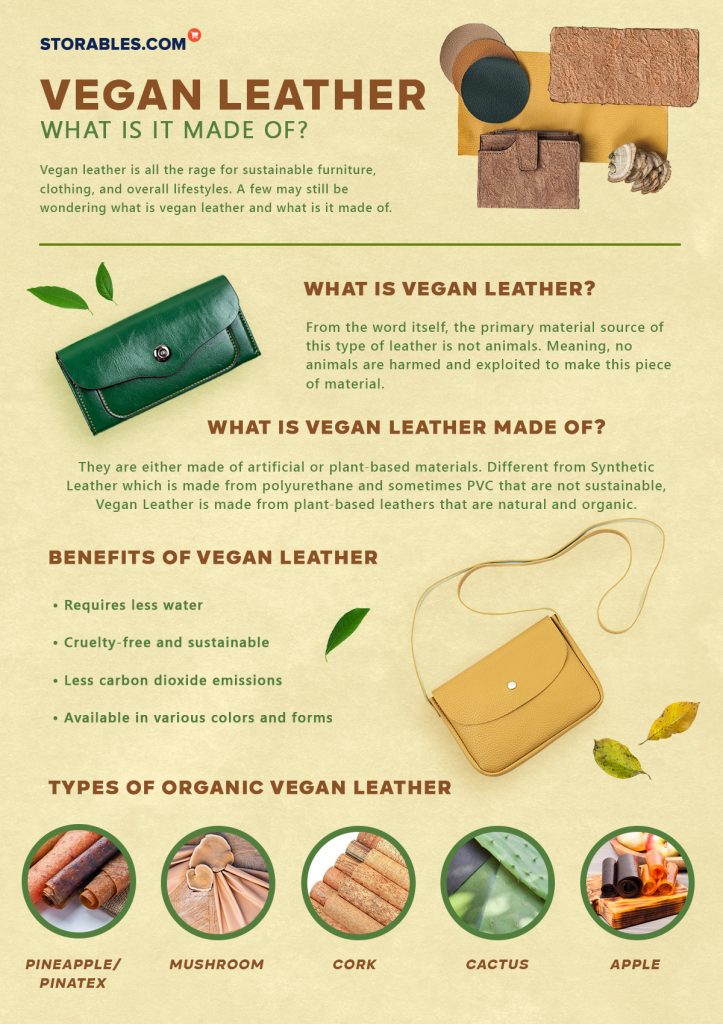
Read more: What Grit Sandpaper For Leather
Best Vegan Furniture for Your Home
Sofas
Vegan Sofas:
Leather furniture always has a special place in living rooms. Since leather is twice more resilient than upholstery and more long-wearing than other materials, they make top choices for sofas. But what if we tell you that you don’t have to spend a ton of money to anchor your room with a premium leather sofa? That is because there are many vegan faux leather sofas, loveseats, and couches already available in the market.
In fact, vegan sofas are flexible yet rigid so they can last for years when well looked after. Unlike low-quality leathers, they’re not prone to cracking, peeling, and fading quickly. Aside from its durability, vegan faux leathers are dyed in various colors to fit your home interiors. Now you can enjoy great seating for your family and guests without harming animals and the environment.
Office Chairs
Vegan Office Chairs:
If you’re on a work-from-home setup, you know how crucial it is to pick the best office chair for your workstation. Since office chairs come in various shapes and sizes, why not try an office chair made with vegan faux leather?
A firm yet yielding cushion to support your bum and thighs is essential since it would provide you with all-day comfort. This makes faux leather a great candidate. In fact, faux leather is flexible enough to adapt to your body and soft to the touch like premium leather. It also has excellent stain resistance and is easier to clean and maintain. With this, faux leather is ultimately perfect for surviving daily wear and tear and is a classic addition to your home office.
Accent Chairs
Vegan Accent Chairs:
If creating an elegant silhouette is your goal, accent chairs made with vegan leather are your best bet. Typically, accent chairs aren’t made for long-term seating. Their only purpose is to provide an extra seat when needed. Despite this, when your accent chairs are made with vegan leather, they can add utmost comfort to an empty corner or a reading nook, and they might even become everyone’s first seating choice.
In terms of style, accent chairs made with faux leather creates a feeling of comfort and sophistication that you seldomly see in most interiors. They also add personality to the room and pair well with soft, neutral tones. Above all, they require little maintenance and are a premium option for busy spaces like the living room.
Read also: 11 Best Vegan Fertilizer for 2025
Mats
Vegan Mats:
Most baby supplies come in striking colors with fun prints to stimulate a joyful experience. But if you want some of these supplies to fit seamlessly with your interiors, then leather baby mats are perfect for you. They’re gentle on babies’ skin and are ideal for minimizing food spills when feeding your child. Vegan leather mats can also help protect babies from germs on floors and provide a warm place to lay down and crawl. Best of all, vegan leather mats do not contain toxic or harsh chemicals that can harm your little ones.
Frequently Asked Questions
Read more: What To Use To Soften Leather Tool Belt
Is Vegan Leather Toxic?
The answer is no. Buying and using furniture with faux and organic vegan leather does not release toxic chemicals. Vegan leathers don’t undergo a procedure called the tanning process which makes real leather toxic due to the dangerous chemicals used. Hence, you and you’re family can enjoy using vegan leather without having to worry about off-gassing.
But if you really want to use what’s best for you and for the environment, always opt for organic leathers. PU leather is not as environment-friendly as organic leather and would only biodegrade under controlled conditions. On the other hand, natural leather is both eco-friendly and sustainable.
How Durable Is Vegan Leather?
The durability of vegan leather depends on the materials and chemicals used, if there are any. Since vegan leather is a bit thinner than authentic leathers, they’re less durable and can tear or scuff over time. But when taken with proper care and attention, vegan leather can last for years. Suppose you want to know the most durable vegan leather available for purchase. In that case, mushroom leather is almost comparable to premium leather and has a good stretch under tension.
Vegan Leather vs Real Leather
There are tons to love about vegan leather that even real leather lovers appreciate. Though some can see and feel the difference between vegan leather and genuine leather, the latter’s production has been frowned upon over the years. But thanks to vegan leather, people now have the option to ditch genuine leather and opt for a more sustainable lifestyle. Vegan leathers require fewer resources and use little to no chemicals during the process. Buying vegan products is a way to oppose animal cruelty. At the end of the day, the decision lies when what we buy lines up with our established values and practices in life.
You’ll never have to spend a fortune if you want to incorporate leather in your furniture or interiors. Thanks to vegan leather, your home can now exude sophistication and comfort while helping protect the environment. Just check the list above whenever you seek great vegan furniture finds that match your style and budget. Speaking of great finds, scan this article to discover an array offurniture thrift store buying tips!
Was this page helpful?
At Storables.com, we guarantee accurate and reliable information. Our content, validated by Expert Board Contributors, is crafted following stringent Editorial Policies. We're committed to providing you with well-researched, expert-backed insights for all your informational needs.

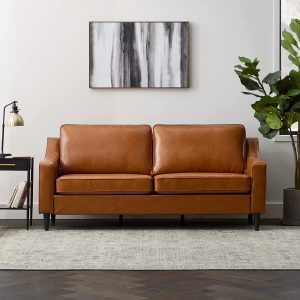
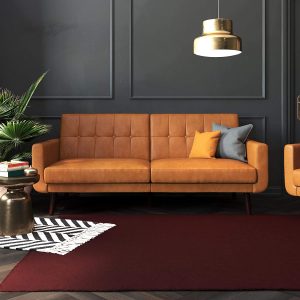
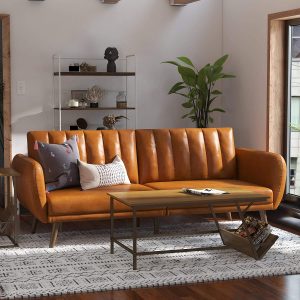
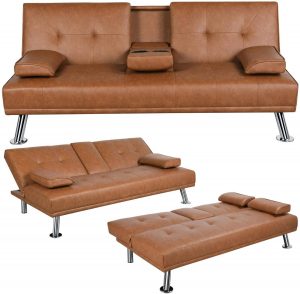
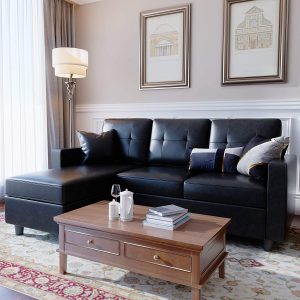

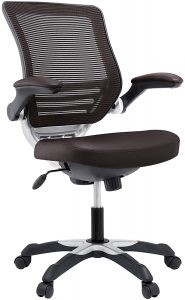
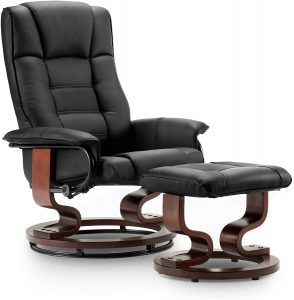
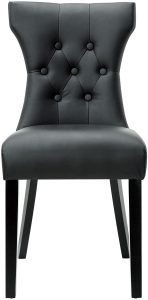
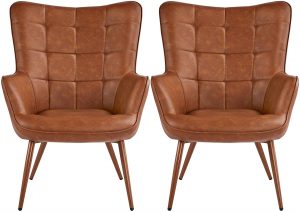
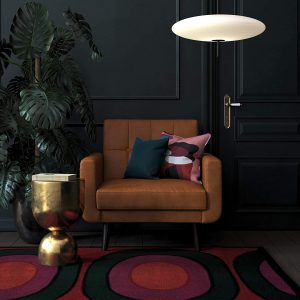
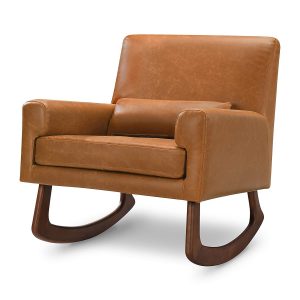
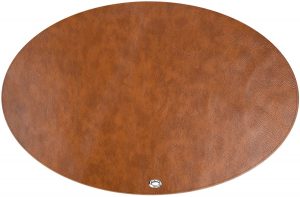
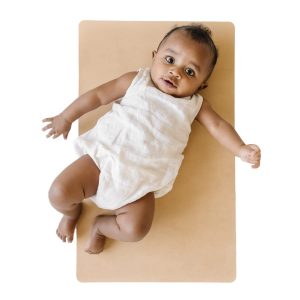
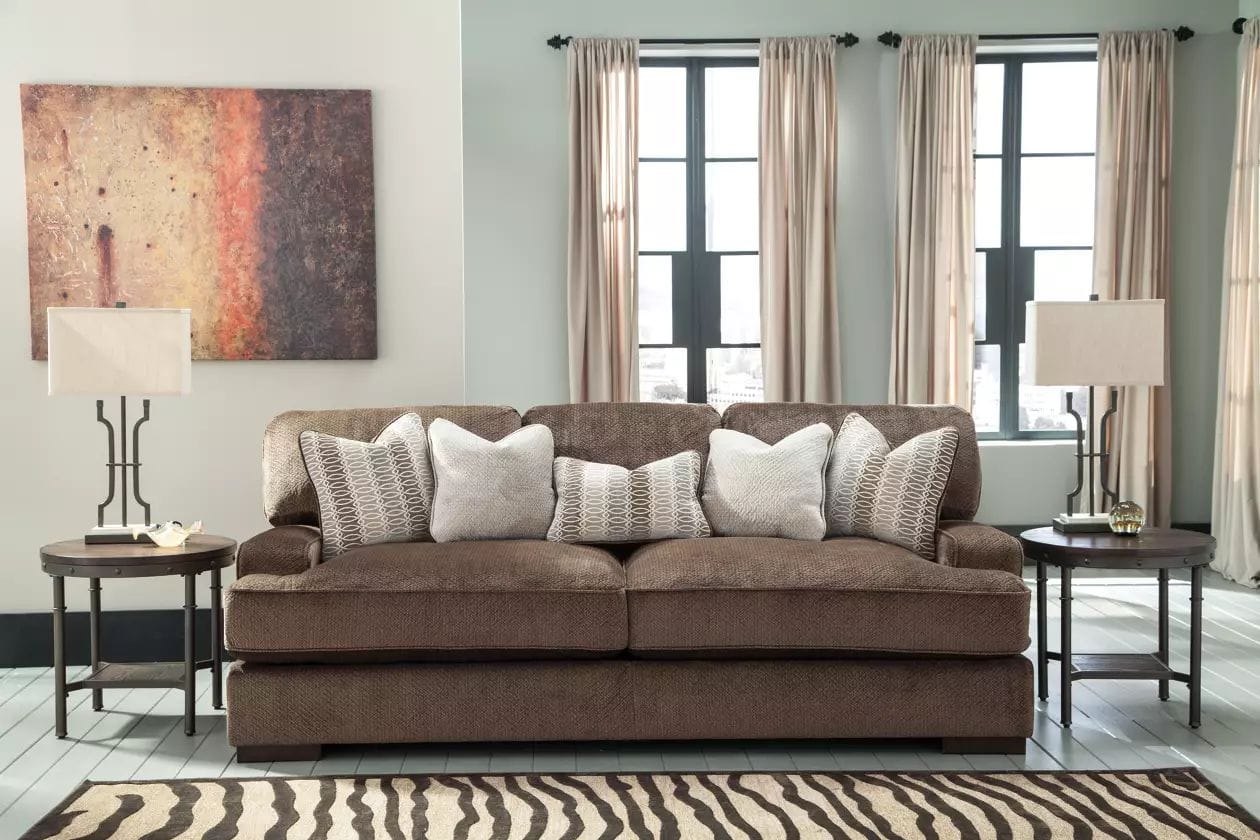
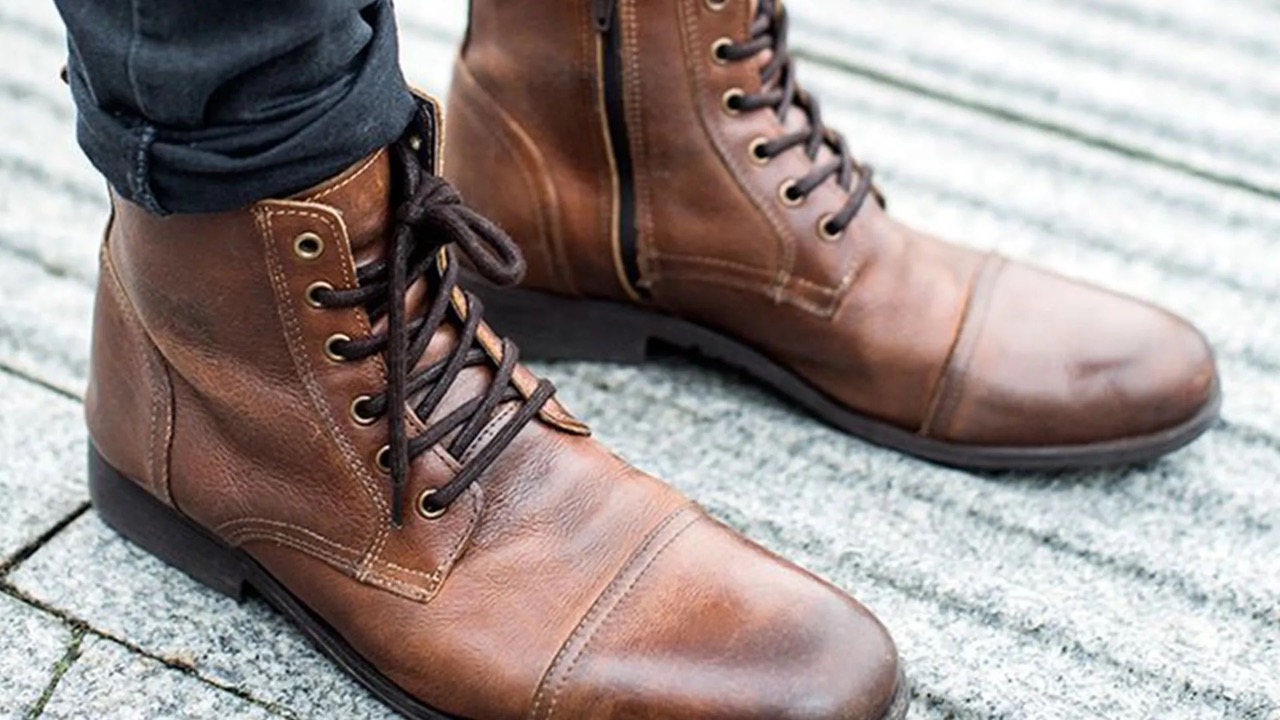
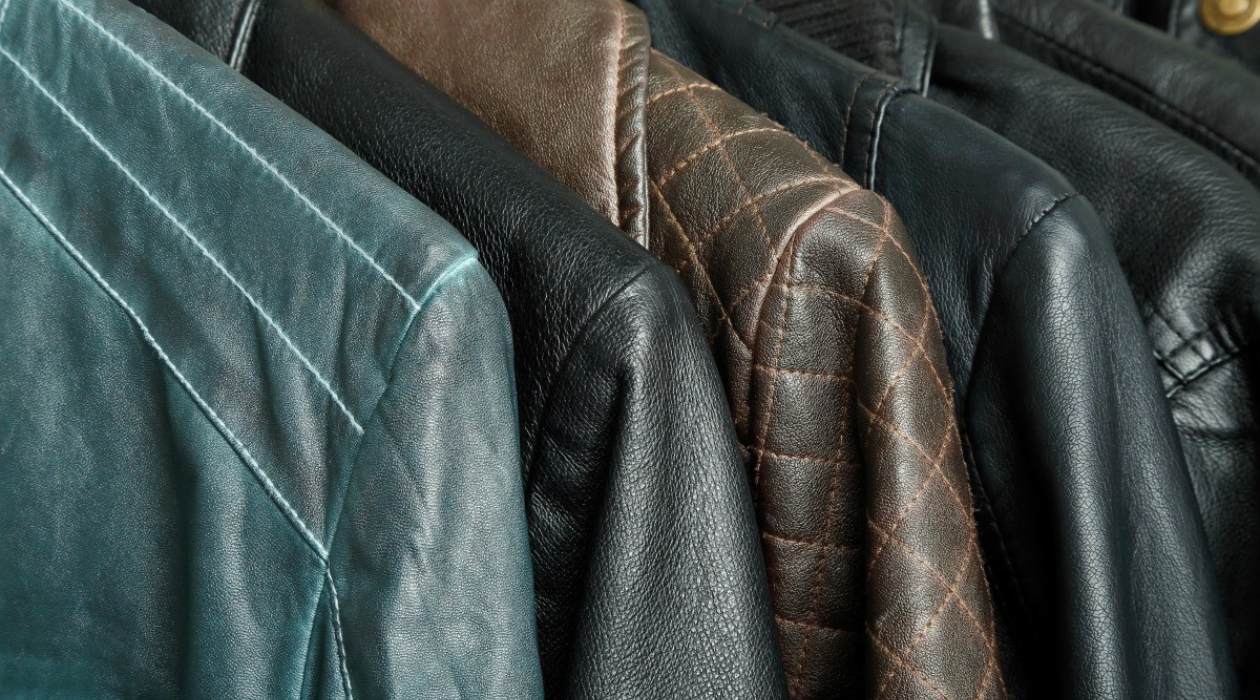
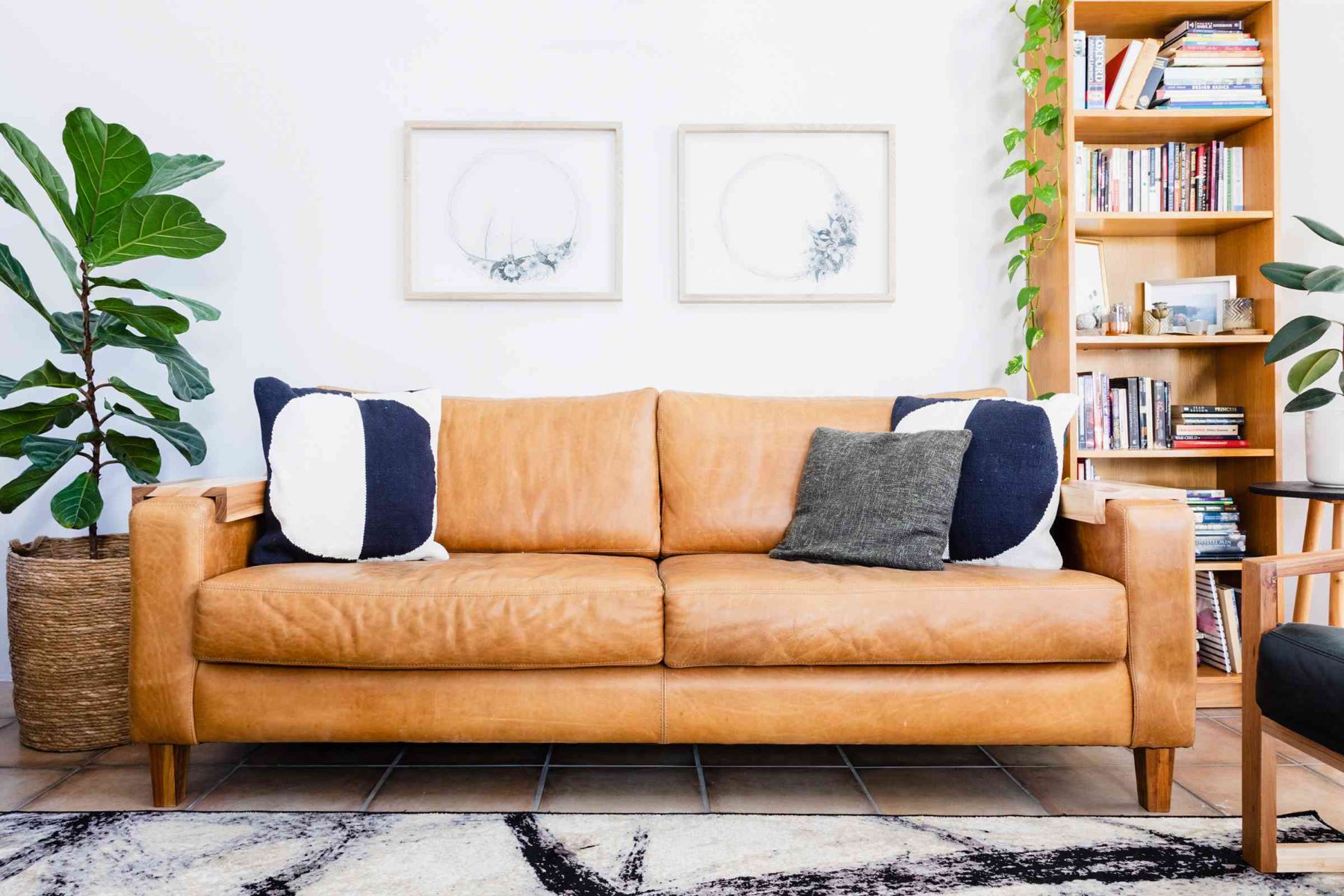
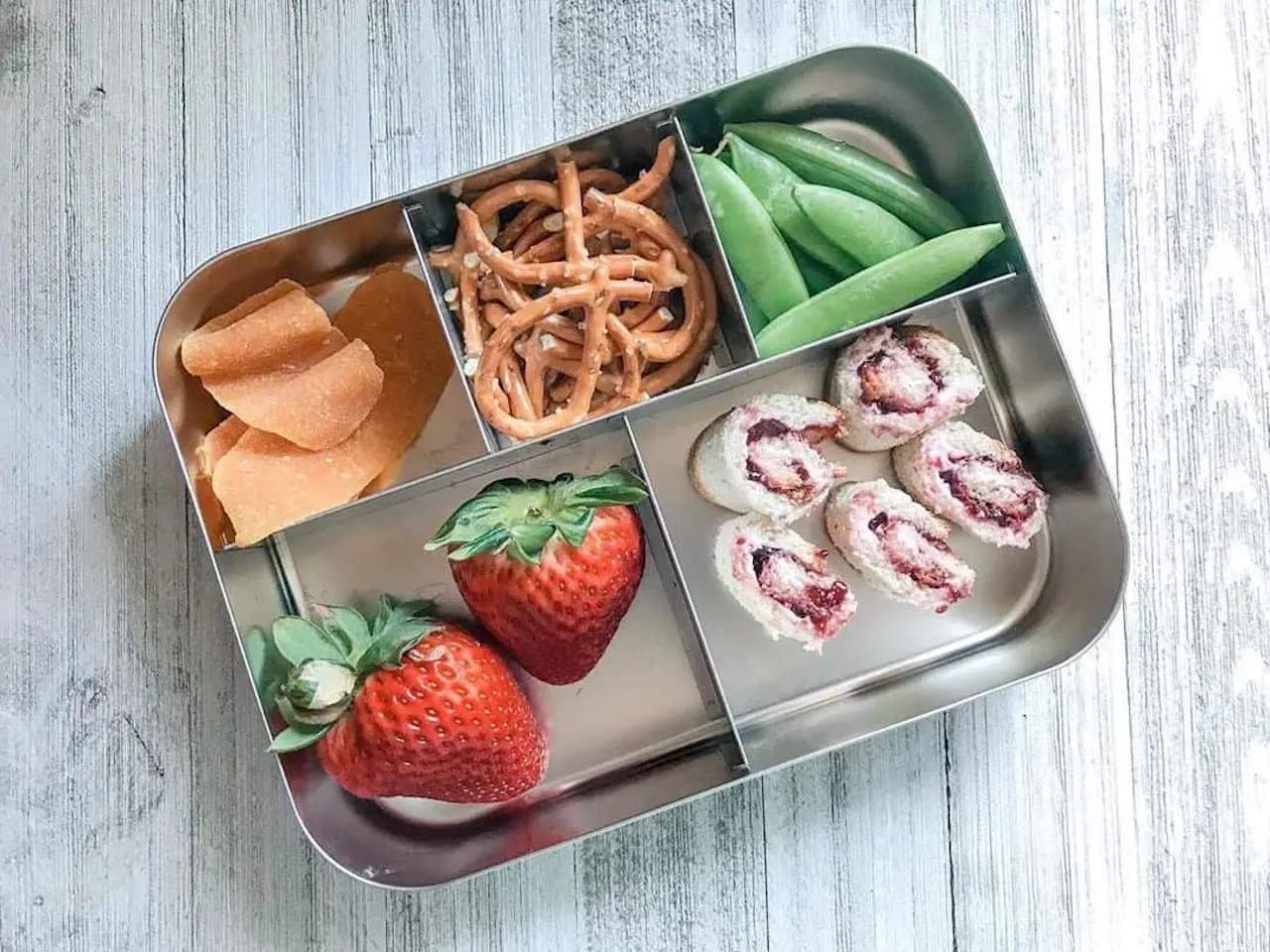

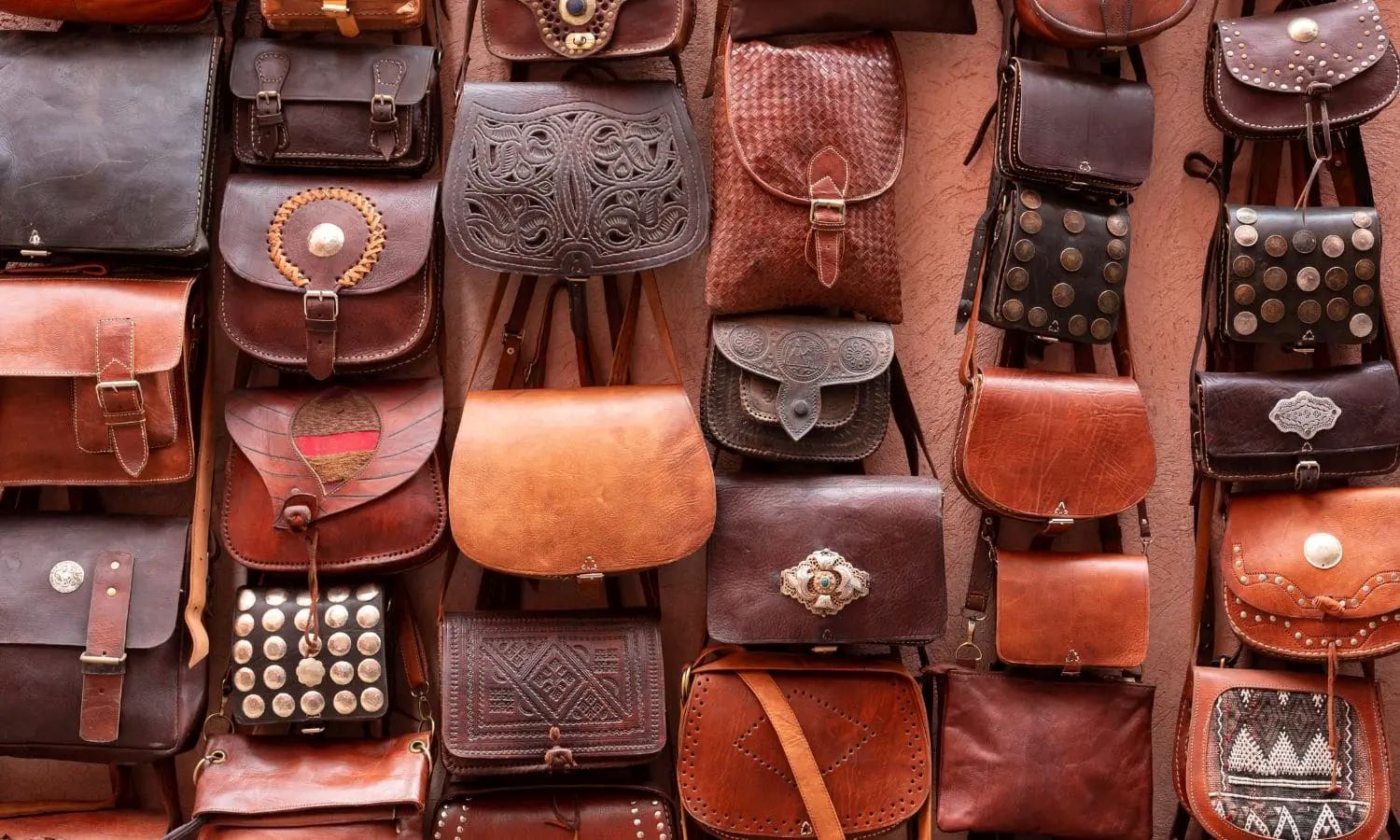
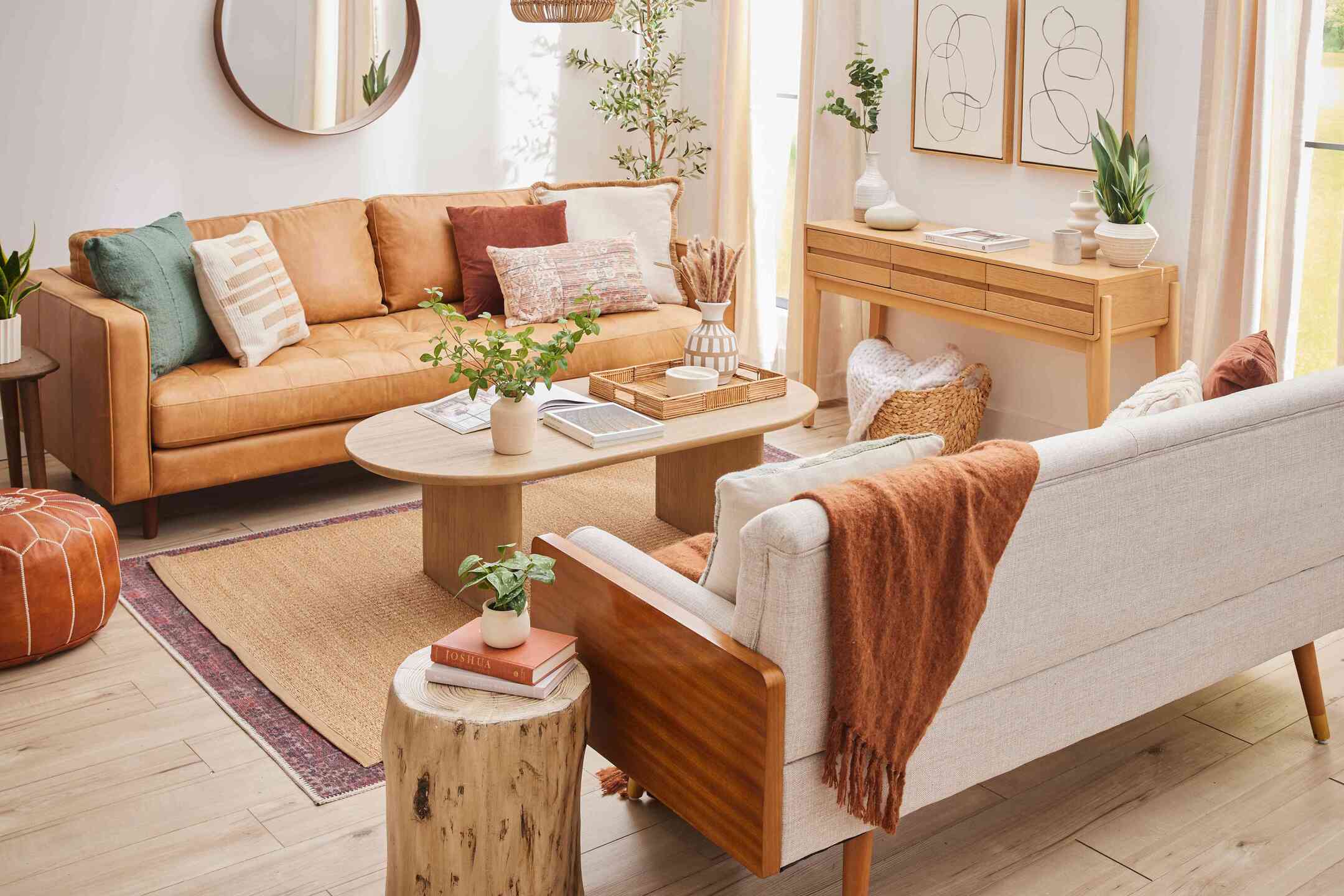
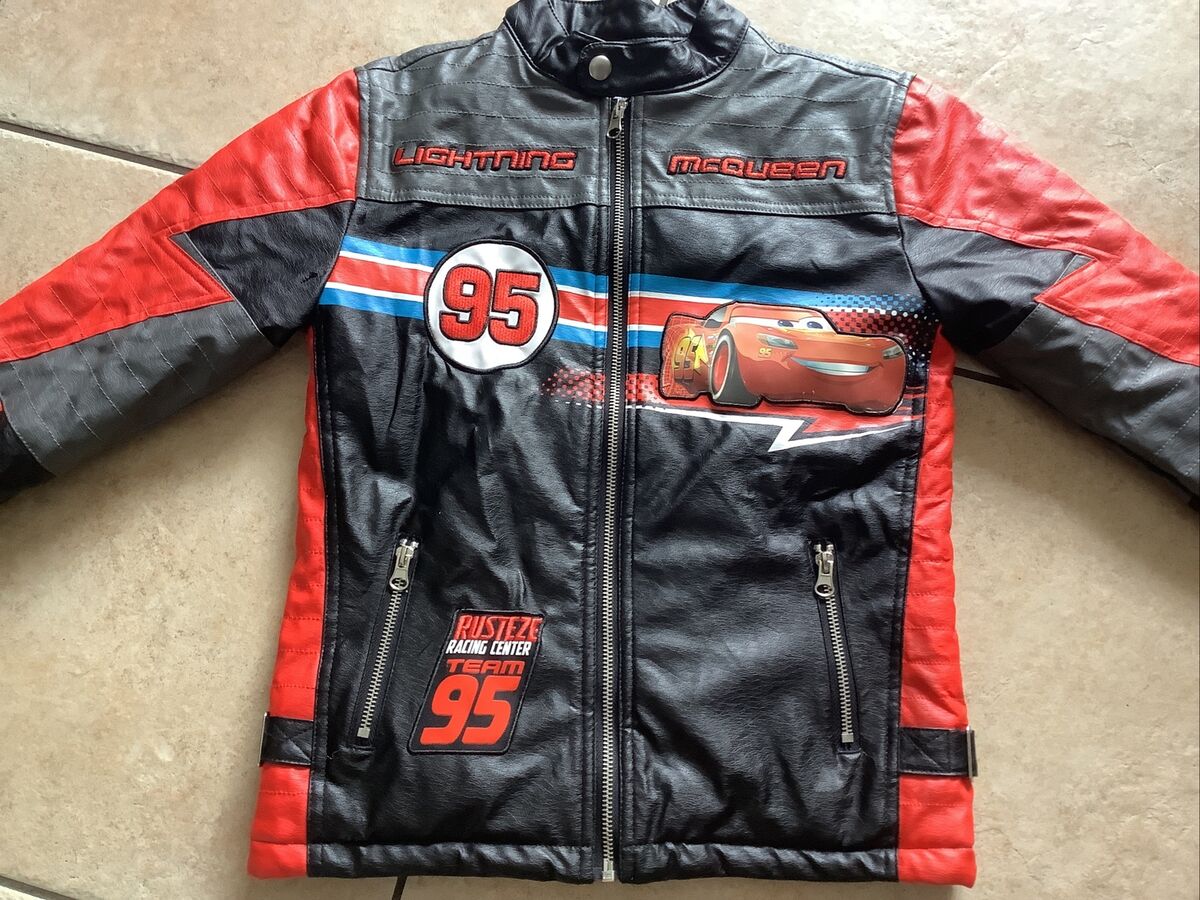
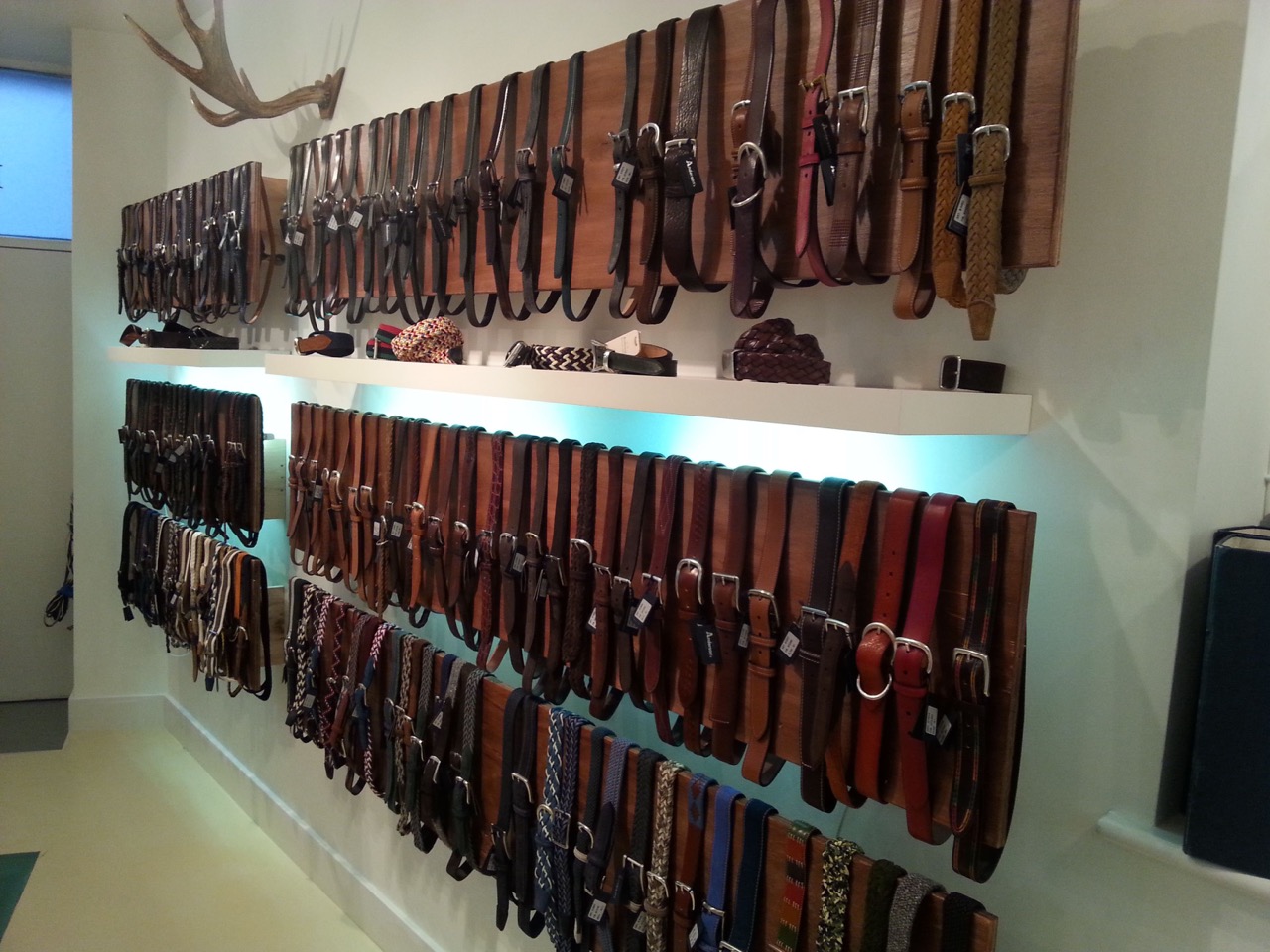
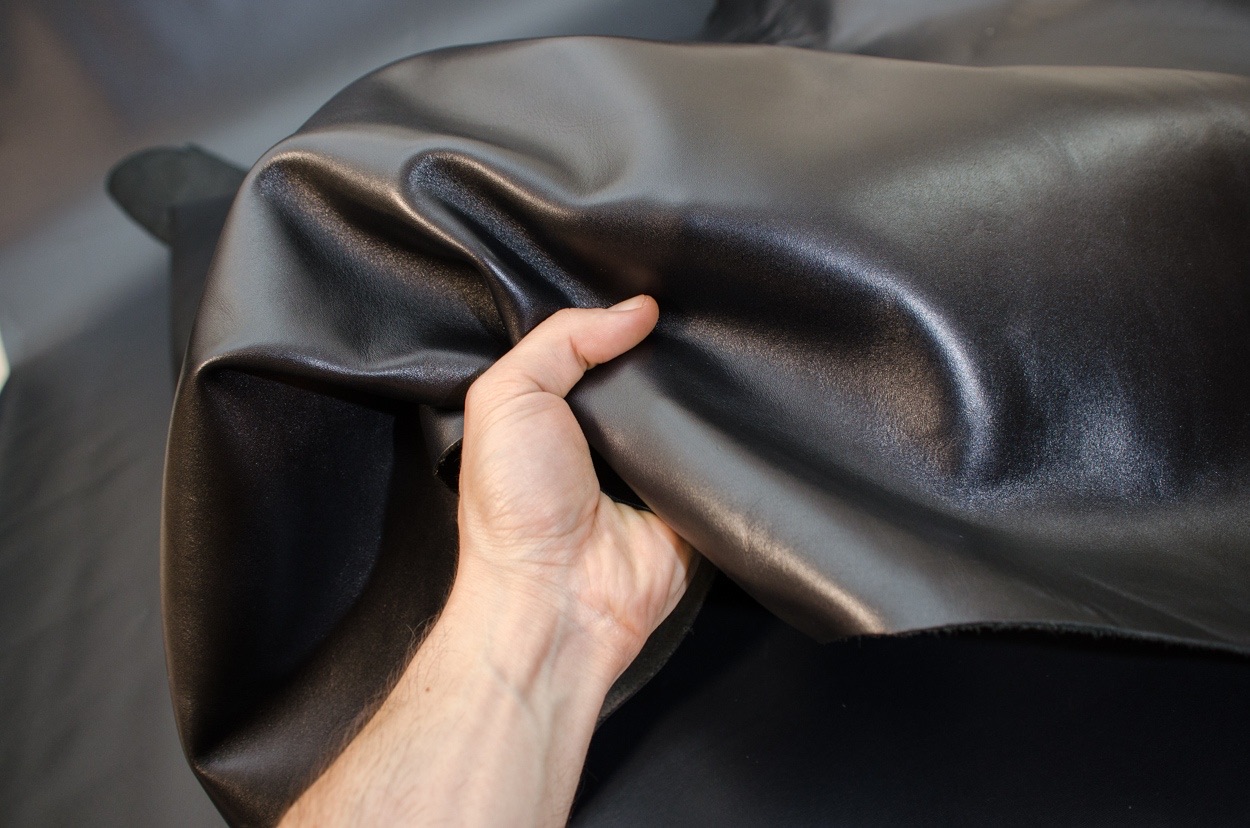

0 thoughts on “What Is Vegan Leather and What Is It Made Of”